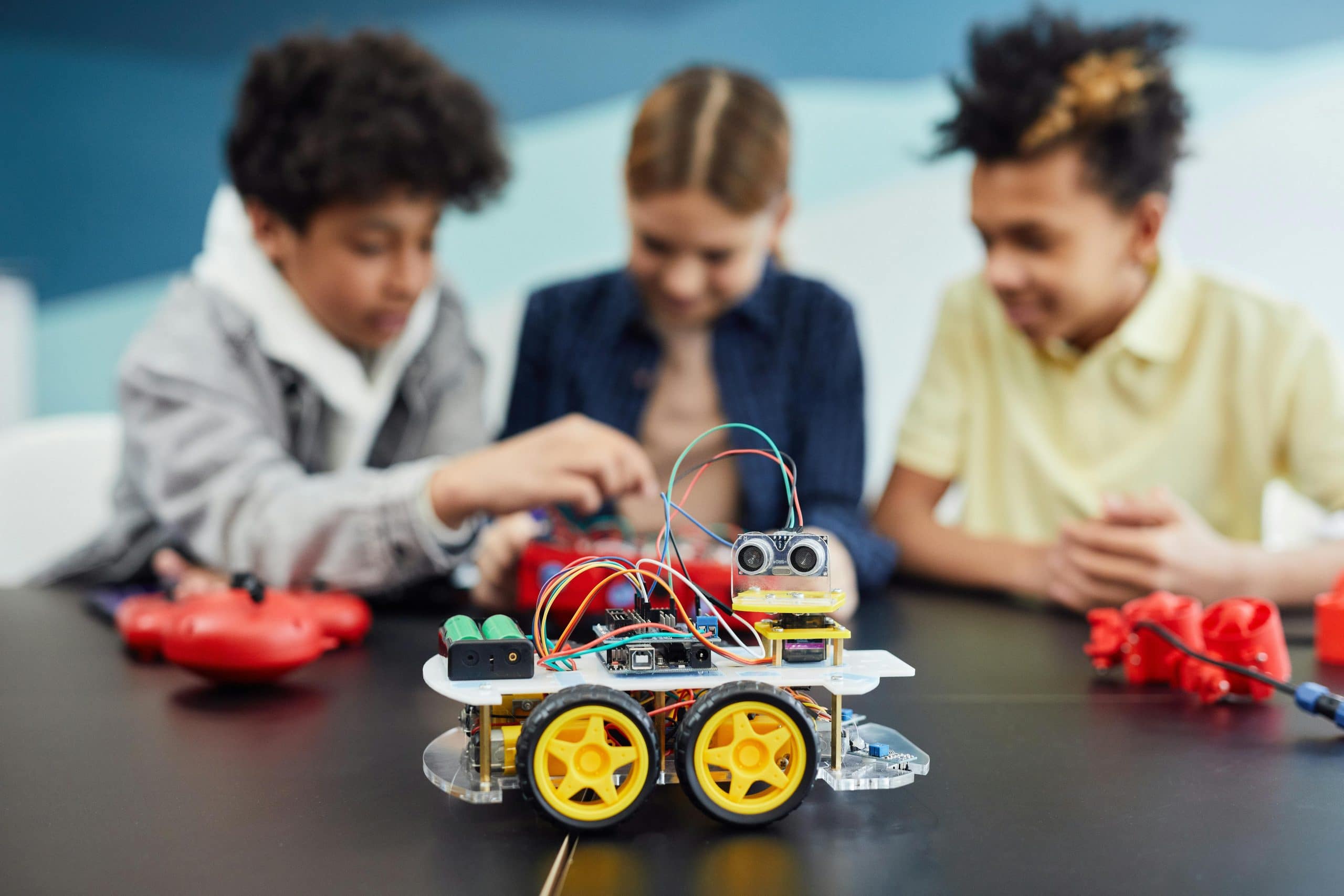Why Collaborative Learning Will Define Future Education
Collaborative learning, also known as group learning, has been a part of education for many years. However, with the rise of technology and the changing landscape of education, it has become an increasingly important aspect of teaching and learning. In this digital age, where information is readily available at our fingertips, education needs to evolve to prepare students for the future. This is where collaborative learning comes in, and in this article, we will explore why it will define future education.
What is Collaborative Learning?
Collaborative learning is an educational approach that involves students working together in groups to achieve a common goal. It is a departure from the traditional model of education, which focuses on individual learning and competition. In collaborative learning, students are encouraged to interact, engage, and learn from one another.
This approach to learning is not limited to a specific subject or age group. It can be applied in various forms, from small group work to larger project-based learning. The goal of collaborative learning is to promote active participation and foster a sense of community in the classroom.
The Importance of Collaborative Learning in the Future
In the future, job markets will demand individuals who can work well in a team and adapt to rapidly changing environments. The traditional model of education does not prepare students for this. However, collaborative learning does. Here’s why:
Develops Critical Thinking and Problem-Solving Skills
In collaborative learning, students are exposed to different perspectives and ideas, challenging their thinking and developing their critical thinking skills. By working together to solve problems, students also learn to think creatively and come up with innovative solutions.
Promotes Communication and Collaboration
In today’s digital age, communication and collaboration are vital skills. Collaborative learning provides students with the opportunity to work with diverse individuals, communicate effectively, and learn from one another. This better prepares them for the workforce, where teamwork is crucial.
Encourages Active Learning
Unlike traditional lectures, where students can be passive recipients of information, collaborative learning requires active participation. When working in groups, students are more engaged and accountable for their learning, leading to better retention of information.
Prepares Students for the Globalized World
In today’s interconnected world, students need to be globally competent. Collaborative learning provides students with the opportunity to work with individuals from different backgrounds, cultures, and perspectives. This fosters cultural understanding and prepares students for a globalized world.
The Role of Technology in Collaborative Learning
Technology has become an integral part of education, and it has transformed the way we learn. In collaborative learning, technology can play a crucial role in facilitating communication, document sharing, and project management. With online tools and platforms, students can collaborate with ease, regardless of their physical location.
Enhances Accessibility
Technology has made education more accessible than ever before. With online learning platforms, students can collaborate and participate in group work, even if they are unable to attend classes physically. This ensures that no student is left behind.
Promotes Flexibility
In a traditional classroom setting, students are limited by time and space. Collaborative learning with the use of technology provides students with the flexibility to work on projects and communicate with group members at their convenience. This encourages self-directed learning and time management skills.
Encourages Digital Literacy
In today’s digital world, it is essential for students to have digital literacy skills. Collaborative learning with the use of technology exposes students to online tools and platforms, helping them develop these skills. This prepares students for their future careers, where digital literacy is a requirement.
In Conclusion
The landscape of education is changing, and with it, the skills needed to succeed in the future. Collaborative learning has the potential to redefine education and prepare students for the future workforce. By promoting critical thinking, communication, and collaboration, and leveraging technology, it equips students with the necessary skills to thrive in a rapidly evolving world. As educators, it is crucial to embrace and incorporate collaborative learning into our teaching practices to better prepare our students for the future.








